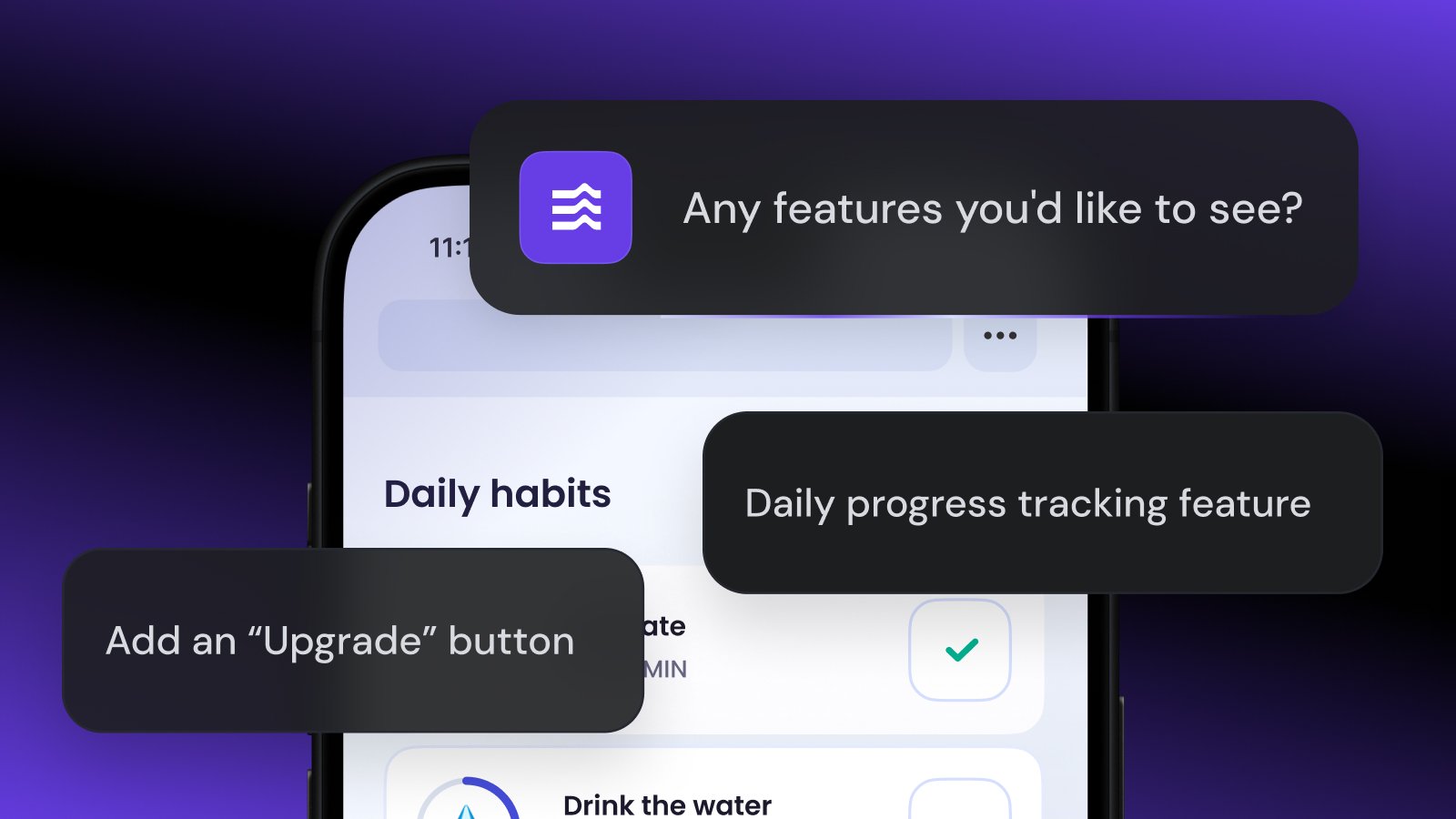
2. Specify what it costs to succeed (your investment)
The second part of the framework demands transparency regarding the investment. This requires a complete view of the Total Cost of Ownership (TCO), which extends beyond service fees to include model training, infrastructure, and the operational support needed to maintain the system. For a detailed guide, we encourage a review of our post, How to calculate your AI costs on Google Cloud.
3. State the ROI
This is the synthesis of the first two steps. The ROI calculation makes the business case explicit by stating the time required to pay back the initial investment and the ongoing financial return the project will generate.
The framework in action: An AI chatbot for customer service
Now, let’s apply the universal framework to a specific use case. Consider an e-commerce company implementing an AI chatbot. Here, the four general value drivers become tailored to the world of customer service.
Step 1: Define success (the value)
The team uses the customer-service-specific quadrants to build a comprehensive value estimate.
- Quadrant 1: Operational efficiency
- Reduced agent handling time: By automating 60% of routine inquiries, the company frees up thousands of agent hours. This enables agents to serve more customers or perhaps provide better quality service to premium customers.
- Estimated hours saved: ~725 hrs (lets say this equate to $15,660 in value)
- Lower onboarding & training costs: New agents become productive faster as the AI handles the most common questions, reducing the burden of repetitive training.
- Estimated monthly value: $1,000
- Reduced agent handling time: By automating 60% of routine inquiries, the company frees up thousands of agent hours. This enables agents to serve more customers or perhaps provide better quality service to premium customers.
- Quadrant 2: Revenue growth
- 24/7 Sales & support: The chatbot assists customers and captures sales leads around the clock, converting shoppers who would otherwise leave.
- Estimated mMonthly vValue: $5,000
- Improved customer retention: Faster resolution and a better experience lead to a small, measurable increase in customer loyalty and repeat purchases.
- Estimated monthly value: $1,000
- 24/7 Sales & support: The chatbot assists customers and captures sales leads around the clock, converting shoppers who would otherwise leave.
- Quadrant 3: Customer and employee experience
- Enhanced agent experience & retention: Human agents are freed from monotonous tasks to focus on complex, rewarding problems. This improves morale and reduces costly agent turnover.
- Estimated monthly value: $500
- Enhanced agent experience & retention: Human agents are freed from monotonous tasks to focus on complex, rewarding problems. This improves morale and reduces costly agent turnover.
- Quadrant 4: Strategic enablement
- Expanding business to more languages: Enabling human agents to provide support in 15+ additional languages, thanks to the translation service built into the system.
- Estimated revenue increase: $1,750
- Total estimated monthly value = $15,660 + $1,000 + $5,000 + $1,000 + $500 + $1,750 = $24,910
- Expanding business to more languages: Enabling human agents to provide support in 15+ additional languages, thanks to the translation service built into the system.
Step 2: Define the cost (the investment)
Following a TCO analysis from our earlier blog post, we calculated the total ongoing monthly cost for the fully managed AI solution on Google Cloud would be approximately $2,700.
Step 3: State the ROI
The final story was simple and powerful. With a monthly value of around $25,000 and a cost of only $2,700, the project generated significant positive cash flow. The initial setup cost was paid back in less than two weeks, securing an instant “yes” from leadership.
Get started
Contact us to consult with an expert here.
Source Credit: https://cloud.google.com/blog/topics/cost-management/measure-the-value-and-impact-of-your-ai/





